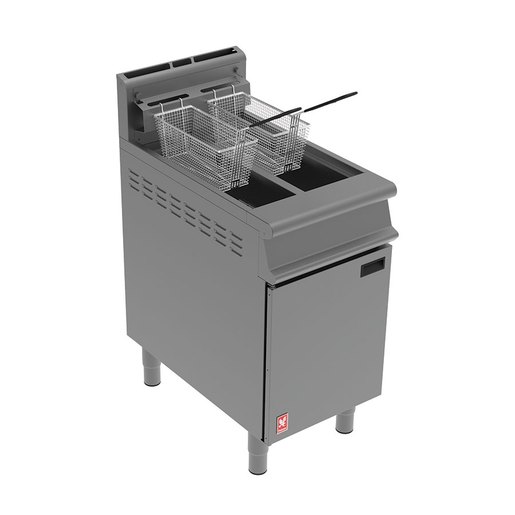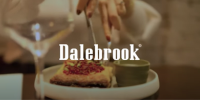All fryers essentially do the same thing - they fry food. What differentiates them are factors such as fuel source, power rating, hourly cooking capacity, oil capacity and of course, cost.
GUEST POST: Choosing the Best Fryer for Your Business

With so many types of fryer to choose from (we alone offer 53 models), how do you choose the best unit for your business? While it is impossible to give a definitive answer, we've attempted to provide a few aspects you might consider when making such a choice:
• Available power
•
Service times
•
Menu choice
•
Type of food being cooked - temperature, coating, quantity
•
Kitchen environment - available space, staff skill levels, shared kitchen
Shop the Falcon Fryer Range Online
Which are better - gas or electric?
There is no obvious or definitive answer. Each has an advantage and opinions vary. A good rule of thumb is to look for a fryer that has a power rating that is at the very minimum, equal to the oil capacity. This way you can be confident that there is enough power to quickly heat up and recover oil temperature therefore increasing output. Looking at the Falcon range of fryers, there is no real pattern when comparing output, oil capacity and power in equivalent gas and electric models. Different designs provide varying results, so unless you are governed solely by the available power supply available, don’t make power your first criteria when choosing a fryer.
Service times and demand for fried food
Think carefully about your fryer’s busiest times. You may have fried food on the menu all day but you need to buy a model that can cope with the busiest periods – it may be the lunchtime rush when everyone seems to want chips. When you consider the required capacity then you should buy a fryer which will enable you to provide that amount within the desired time frame. It can then be turned off or down when things get quieter.
Most manufacturers measure output in chips per hour but this can be misleading as they may be cooking different types of chips – chilled, frozen, varying sizes – all of this impacts upon recovery and cooking times.
Menu Choice
Are there many fried options on your menu? If you feature vegetarian dishes or fried desserts, it may be worth considering a twin pan fryer or perhaps two individual units. Having separate pans provides flexibility - for instance, one for strongly flavoured food items such as fish with the other for everything else. Or maybe one just for chips and the other for the vegetarian option/dessert. It may even be an idea to buy a small countertop fryer for more delicate or less frequently ordered dishes.
Above: Falcon Dominator Plus Gas Fryer
What type of food is being cooked?
It is vital to take into account the type of food you’ll be frying. Variables such as food temperature (ambient, chilled, frozen) and coating (batter, crumbs, pastry, etc.) can impact significantly on cooking times as well as upon oil quality. For example, frozen chips will take longer to cook and this will lengthen the recovery time between batches due to these lowering the temperature of the oil substantially. This will also require the oil to be filtered more regularly than chilled or ambient chips.
Kitchen environment
The easiest question to answer is - what space do I have in my kitchen? This will help to at least narrow down the choices between free-standing and countertop. There is more to the kitchen environment than space however. What is the staff skill level? Lower skill levels may mean a programmable fryer may be the best solution to keeping the quality and consistency of the fried food up to standard. Is the kitchen used by many different people? This tends to mean the equipment gets treated rougher, so a more robust, heavy duty fryer may be in order.
Other points to consider:
Inbuilt or manual filtration – it is imperative that the oil in any fryer is continually filtered. Keeping the oil clean, through regular filtration and skimming will not only increase the longevity of the oil, it will also enhance the quality of the food produced. Fryers with inbuilt filtration, while generally more expensive, makes it much easier to keep oil clean as you can filter as regularly as required simply at the touch of a button. Even when oil is hot, up to a temperature of 180ºC. The filtration process only takes five minutes from start to finish, freeing up time for staff members to carry out other duties as well as being much safer.
Making the right choice
Like most pieces of commercial catering equipment, buying a fryer is a significant expense so it is important to choose the correct one. It is advisable when choosing equipment to purchase a unit with additional capacity to current need in order to allow the business to expand and/or alter menu choice.
The surest way to get it right is to talk to our development chef. He will go over your menu with you and offer impartial advice as to what would be the most suitable option for your business. You may even want to consider a visit to our development kitchen for some hands-on testing.





Leave a comment